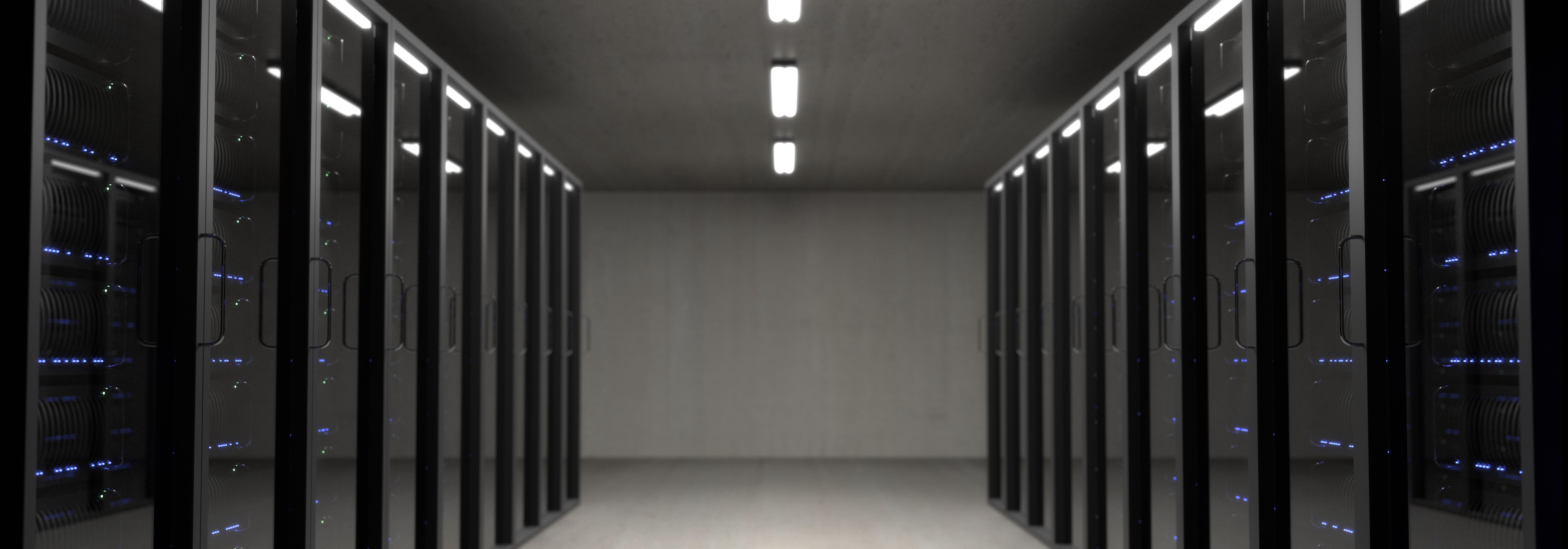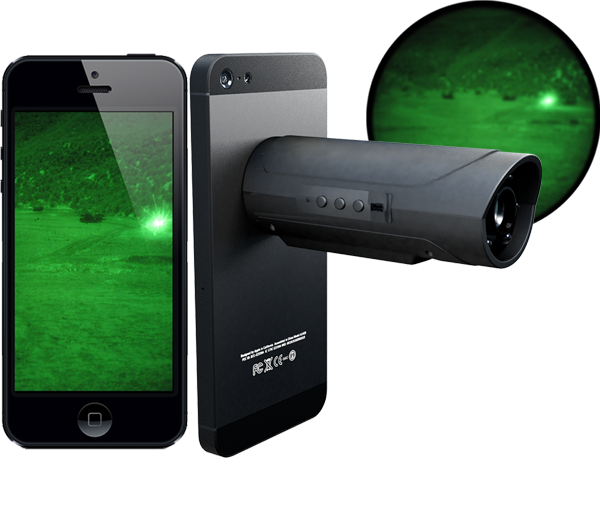Cloud computing and e-commerce are two of the world’s biggest industries, and they have started intersecting. It is because of the versatile nature of cloud computing which is offering benefits to almost every industry imaginable.
Ecommerce businesses are run through the internet, so their success is based largely on the availability of the internet, and cloud computing has many things to offer.
The changing buyer behavior, increasing competition, emerging technological trends, market opportunities and challenges have made the CIOs and CFOs analyze and re-draft their digital strategies.
This holds good for both B2B and B2C clients where the IT leaders should be mindful of their organizations’ spends. The companies, also, aim to expand the geographical reach to reap more profits.
It is quite evident that cloud computing is essential for e-commerce as it provides a full suite of benefits for e-commerce industry.
The e-commerce business may be even more tightly integrated with cloud computing, in future, for sustainable development and growth.
Mentioned ahead are some more ways using cloud computing can help e-commerce companies flourish.
Flexibility
Many e- commerce retailers rely on a platform that is not very flexible for their growing work. These business owners often struggle to switch to the cloud. Change is always difficult.
With cloud computing, the worry of keeping up with the system and its maintenance is dismissed. In a growing business, data should be on the cloud so it is protected at all times and free from harm.
This provides the retailer ample time to focus on things that are most important such as the expansion of business, improving the product or service and so on.
Retailers can easily integrate their social media scheduling software, CRM pipeline management software, transaction history and client records with the cloud.
The cloud provider will take care of software upgrades and will be readily available in case of a query.
With help of cloud computing technologies, startups and small businesses now no longer need to invest $100,000 a year to set up data centers and hire an IT administrator to take care of the hardware.
E-commerce retailers can deliver a better experience to their customers by collaborating with the cloud. This improvement can lead to more sales and positive reviews.
Scalability
Clients moving to cloud-based services often think that the shift will cost them a lot of money. This myth needs to be debunked. Cloud service costs are very predictable compared to the cost of traditional storage devices and their maintenance.
The pay-as-you-go nature of cloud is one of the most attractive points an ecommerce owner notices at first.
Over time, companies save money with SaaS, as they won’t be dealing with hardware support costs or hidden fees that sometimes come with data center hosting and new site licenses.
This option is very fair because it is extremely beneficial to small and medium-sized enterprises in their growth.
Integration doesn’t need to be as complex, confusing, and costly as it has traditionally been. The point is that there are numerous solutions available for designers, developers, and consultants that should make app integration as easy as the apps themselves!
It needn’t be overly technical or expensive. It needn’t be one of those things you are afraid to offer to your clients as it would bring the quote up too much or become too much of an engineering headache.
Easy recovery
Business owners seldom believe that their venture is going to face any kind of accident. When it comes to our business, we don’t fear the unseen.
Early this year, one of the leading online retail sites faced an outage as its e-commerce site went offline for about 20 minutes.
As per a recent report release by the Poneman Institute and Emerson Network Power on the impact of data center outages, the average cost of a datacenter outage is US$ 740,357 and for e-commerce companies the average cost is even higher.
When you are dealing with ecommerce, you have to depend on technology to run your business. This means that a power failure or system interruption can become a hurdle in your workflow by completely shutting down normal operations.
It can also affect the servers that store all the sensitive data which runs your business. When your business data is lost, your business also starts to go downhill. Luckily, cloud computing is here to save the day.
You don’t have to worry about recovery when your client data is secure on the cloud. Any physical damages to your devices or business location are going to leave client data unharmed.
Your servers will be functional just like a normal day and customers will not be kept waiting. Even if the physical site is harmed, you can resume operations from a temporary location till everything is restored to normal.
Reduction of errors
E-commerce is a fast-paced industry and if you are associated with this business, you’d know the struggle of manual data entry.
It’s almost impossible at this point to hold manual records and then make arrangements to secure these records. The risky part about manual data entry is that it is always prone to human error.
Manual record-keeping also makes it difficult to fetch old records and overview past transactions.
Cloud integration is a ray of hope in this regard, because the vast variety of apps integrated with cloud can take care of record-keeping efficiently.
This means that no error is going to arise and a systematic data recording can take place with minimum resources. When you keep client records on the cloud, you can design smarter campaigns because data is available at your fingertips. This data is also secure.
Conclusion
The e-commerce industry has found powerful support in cloud computing. These integrations are going to bring forward even more intelligent solutions in the coming years.
Retailers should turn a deaf ear to myths related to cloud and adopt this new technology to grab more customers.
Client data records present on the cloud can be sent to archives or put on private cloud as a business expands further. It’s obvious that more businesses are going to move to the cloud and integrate daily tasks as this is the future.
Author bio
Erica Silva is a blogger by choice. She loves to discover the world around her. She likes to share her discoveries, experiences and express herself through her blogs. Currently, she is associated with Airg Team for development work. Check out her firm’s performance reviews.
Find her on Twitter:@ericadsilva1.













